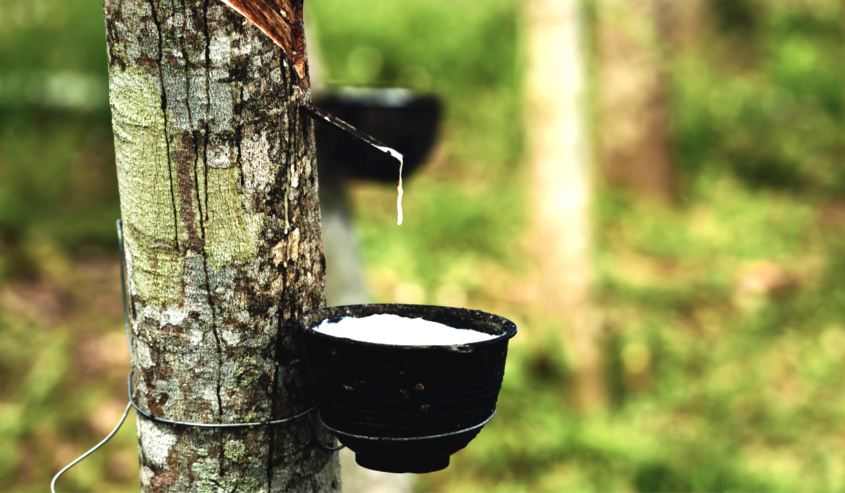Rubber parts: Production Processes
/in Technical information, Training /by Marketing DigitalThe basic polymer of an elastomeric compound is rubber, produced from natural latex or synthetically manufactured. Currently, more than 32 synthetic elastomers are known. The initial step is the design of the elastomer formulation to which we demand certain properties such as hardness, color, degree of chemical resistance or remaining deformation, among others.
First stage: Preparation of the formulation
At this stage, various additives are combined with the base polymer (NBR, EPDM, FPM…) to design a mixture called a “formulation”, with specific properties.
Any variation in the additives will influence the final characteristics of the formulation and may improve one property to the detriment of another. For example, a NBR formulation cannot be expected to retain its high chemical resistance to lubricants while improving low temperature performance. An elastomer formulation contains, among other additives, the following:
- Vulcanization accelerators.
- Pigments.
- Stabilizers of the aging caused by solar light, ozone…
- Plasticisers that improve flexibility and reduce fragility.
- Fire retardants, flame retardants, antistatic agents…
- Fillers which effect is only to increase the density of the formulation…
Once the formulation has been designed, the mixer is fed with base polymer, e.g. fluorelastomer, and the various additives previously weighed are added. There are several types of mixers, the most common being the Banbury type, which consists of a pair of helical rotors rotating inside a closed chamber in which the components are loaded, and the calenders, two heated smooth rollers, one facing the other and rotating in opposite directions mixing the components of the formulation.
After a certain period of time, the mixing operation ends and the desired formulation is obtained. This formulation, which does not yet have the elasticity of an elastomer, is called a “raw” mixture.
The raw mixture is stored at a controlled temperature until consumption. It can be reserved as a block or extruded as o-ring or tape.

Second stage: Processing of the part
Injection or compression moulding:
For both techniques, in essence, the process is the same. The elastomer is placed in a hot mold and pressed. The “molded” part is then cooled and removed.
Thus, for large quantities and relatively small sizes, injection moulding is preferably used. For small quantities but large sizes, compression moulding is chosen.
Profile extrusion, profile cutting and subsequent bonding by vulcanisation or gluing
The elastomer pellet is fed into an electrically heated extruder that melts and compacts the elastomer along the propeller to expel it through a nozzle. Nozzle diameters and geometries vary.
Machining
By machining a bar or tube of the material of interest with a lathe or CNC. The bar is attached to a plate while a tool removes material until the desired part is obtained. It is an interesting option when small quantities are desired, as there is no mould cost in this case.
Cutting
There are several technologies, each with its own advantages (blade, water, laser, die, guillotine), which use as raw material some semi-finished in the form of a plate of raw material already vulcanized, or profiles in the case of the guillotine.
Rotomoulding
This technique is sometimes artisanal, in which the mold is immersed in a bath of liquid raw material. The forms obtained can only be symmetrical, and it is used particularly in the manufacture of bellows in small series.
Third stage: Vulcanisation and post-curing
In order for the raw mixture to be elastic, a chemical reaction called “vulcanization”, “curing” or “crosslinking” must be carried out under certain pressure and temperature conditions. It is an irreversible chemical process. For this purpose, a reaction catalyst is added to the mixture, which may be an organic peroxide, metal oxides or a compound that releases sulphur and whose vulcanisation is known as “sulphur curing”. Bridges are created between the long polymer chains, and the rubber then becomes elastic and resilient, returning to its original shape after deformation. As it is a slow reaction, the process can continue in autoclaves, and accelerants are used in the mixtures to improve manufacturing performance.
The final hardness of the formulation is variable and adjusted according to the reaction conditions. After the curing reaction, a mass is obtained which is now elastic and responds to the elastomer formulation.

In the case of molding, vulcanization is part of the process and occurs in the very act of molding.
In extrusion, on the other hand, vulcanization is a post-process treatment. It can be carried out in some type of tunnel immediately following the extruder or in autoclaves with the material previously extruded.
In the case of cutting and machining, already vulcanized semi-finished products are used.
Fourth stage: Surface finishing
Certain manufacturing systems, such as moulding, which is the most commonly used, can generate certain burrs or material residues in the parts in areas of mould joints, insertion of cores in complex moulds or remains of injection ducts.
Depending on the geometry of the finished product, its material and its tolerances, we will use different deburring systems, for example:
- Manual
- Cryogenic
- Mechanical
Subsequently, a number of additional processes can be applied, depending on the application, such as:
- Cleaning of parts
- Surface treatment



